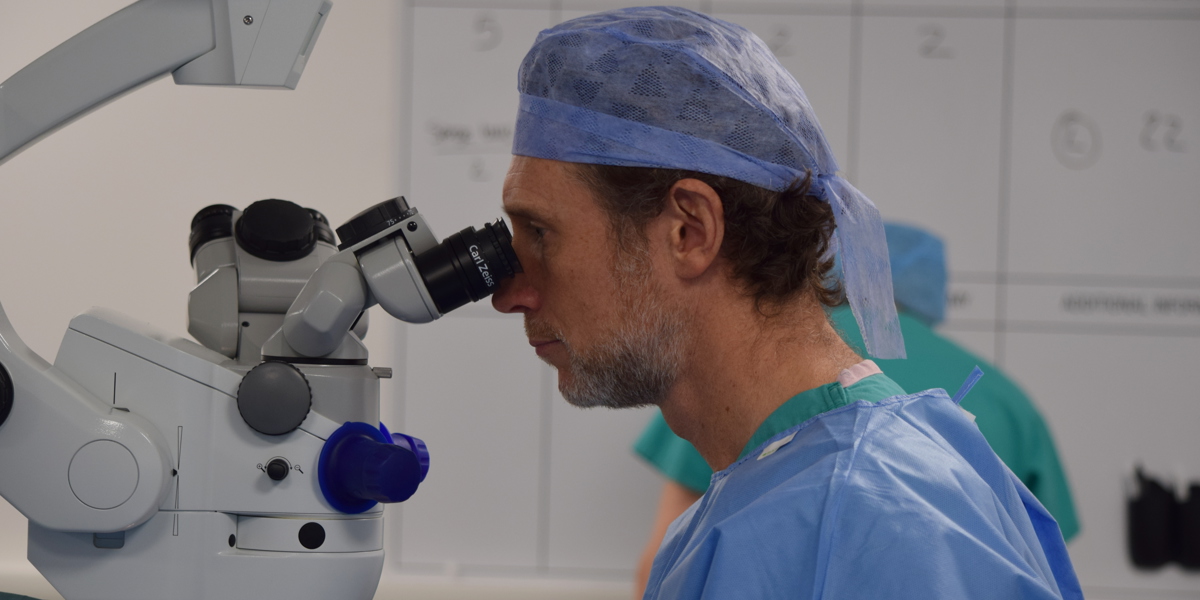
Cataracts can affect one or both eyes.
Your lens sits just behind your iris, the coloured part of your eye. Normally your lens is clear and helps to focus the light entering your eye. Developing cataracts will cause your sight to become cloudy and misty. Cataracts are a very common, painless condition. They are the cause of around one third of the world’s visual impairment and about half of all incidences of blindness, particularly in lower-middle income countries.
There are several different types of cataract which include:
There is only one effective treatment for cataracts, which is surgical removal and introduction of an artificial lens implant into the eye. Cataract surgery is the most common surgery performed in the UK with a success rate of around 99%.
Cataract surgery usually takes between 15 and 30 minutes. It is generally performed as a local anaesthetic, day case procedure. This means you will be awake throughout the surgery but should not feel anything sharp or uncomfortable and you can go home the same day. During the operation you will lie on a bed looking up at a bright light. You may feel drops of water on the eye and may experience colours and movement, but you will not be aware of specific details from the procedure.
The operation is performed my making a tiny cut on the surface of your eye. A special ultrasound probe is used to remove the cloudy lens and replace it with a new clear artificial lens. To finish the operation an antibiotic is infused into the eye to lower the chance of post-operative infection.
Following the operation, it is quite normal to experience grittiness, watering, blurred vision or a red/bloodshot eye. If you notice a sudden reduction in vision, increased pain or if the eye becomes very sticky, then we would ask you to contact our department straight away.
Cataract surgery is can help to eliminate or reduce your dependence on glasses, however pre-existing or future long or short-sightedness may still exist. For this reason, we suggest that all patients see their own optician at 4-6 weeks following the operation, to get an up-to-date refraction, which may improve their vision further.
For further information on cataracts, please click on the link below to read the Royal College of Ophthalmology’s Cataracts leaflet.